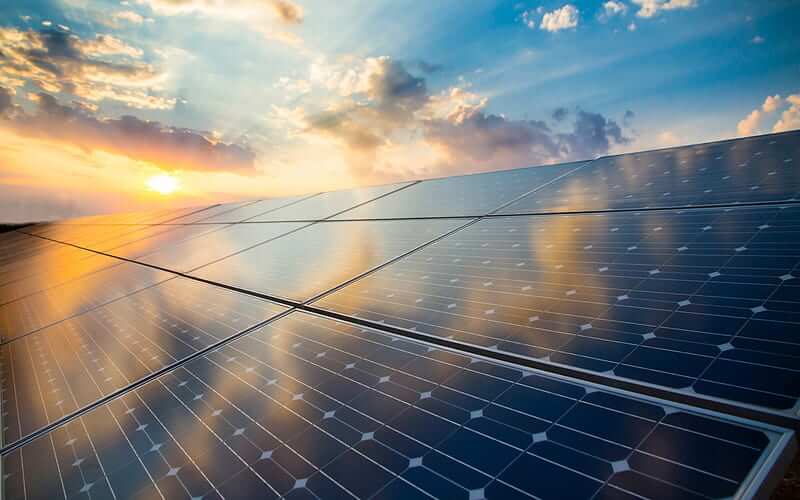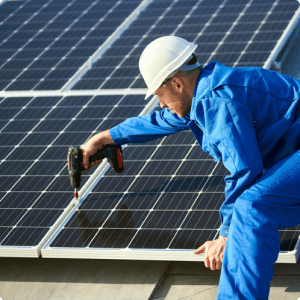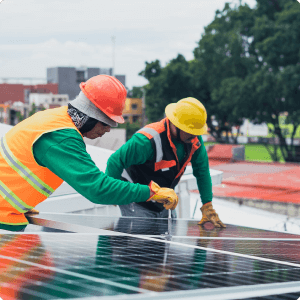Solar Energy
A solar energy project involves harnessing sunlight to generate
electricity or heat for various applications. Solar energy is a
renewable and sustainable source of power that can contribute to
reducing greenhouse gas emissions and dependence on fossil fuels.
There are two main types of solar energy projects.
Electrical and Grid Connection it Connect the solar energy system to the electrical grid, either for exporting excess electricity or for utilizing grid power when solar generation is insufficient.


Solar energy projects use the sun’s radiation to generate electricity or heat, which can be
used for many purposes. Solar energy is a renewable, limitless, and cost-effective source of
energy that can help reduce greenhouse gas emissions and mitigate climate change. Solar
panels can range in size from residential rooftops to large solar farms, and can be used for
many applications, including: Heating, Lighting, Transportation, Charging batteries, and
Cooking.
Solar energy can be converted into usable energy, and there are many ways of doing it to get
heat, electricity, hot water, and even cooling buildings and industrial complexes. Solar panels
are equipment that can absorb the Sun’s rays and generate heat or electricity with it.
These projects accept capital from multiple customers, including individuals, businesses, and
nonprofits, and provide output credit and tax benefits. Participants typically invest in or
subscribe to a certain amount of electrical production.
- Facility management oers a solution for complete management and maintenance of assets, buildings and people working for the organization that cover a range of areas.
- Solar Photovoltaic (PV) Project:Solar PV projects convert sunlight directly into electricity using photovoltaic cells. These projects are widely used for both large-scale utility installations and small-scale residential or commercial systems.
- Solar Thermal Project: Solar thermal projects use sunlight to generate heat, which can be used for various purposes, such as heating water, producing steam, or powering a thermal energy storage system.
Here are the steps involved in planning and executing a solar energy:
- Site Selection and Feasibility Study: Identify suitable locations with sufficient sunlight and minimal shading. Conduct a feasibility study to assess the project's viability, taking into account factors like solar resource availability, local regulations, grid connection, and economic considerations.
- Permitting and Approvals: Obtain necessary permits and approvals from local authorities and utility companies before proceeding with the project.
- Design and Engineering: Engage solar energy engineers and professionals to design the solar energy system based on the specific requirements of the project. This includes selecting appropriate solar panels, inverters, mounting structures, and any necessary storage systems.
- Procurement: Source high-quality solar panels, inverters, and other components from reputable suppliers.
- Installation and Construction: Execute the installation of solar panels and other equipment. Ensure proper engineering practices and safety measures are followed during construction.




